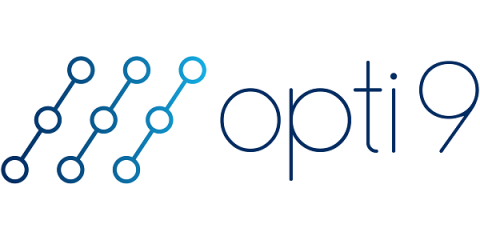A Bucket of Phish: Attackers Shift Tactics with Cloudflare R2 Public Buckets
In our previous blog, we found a lot of phishing and scam URLs abusing Cloudflare services using pages.dev and workers.dev domains, respectively. We’re now seeing a lot of phishing emails with URLs abusing another Cloudflare service which is r2.dev.











